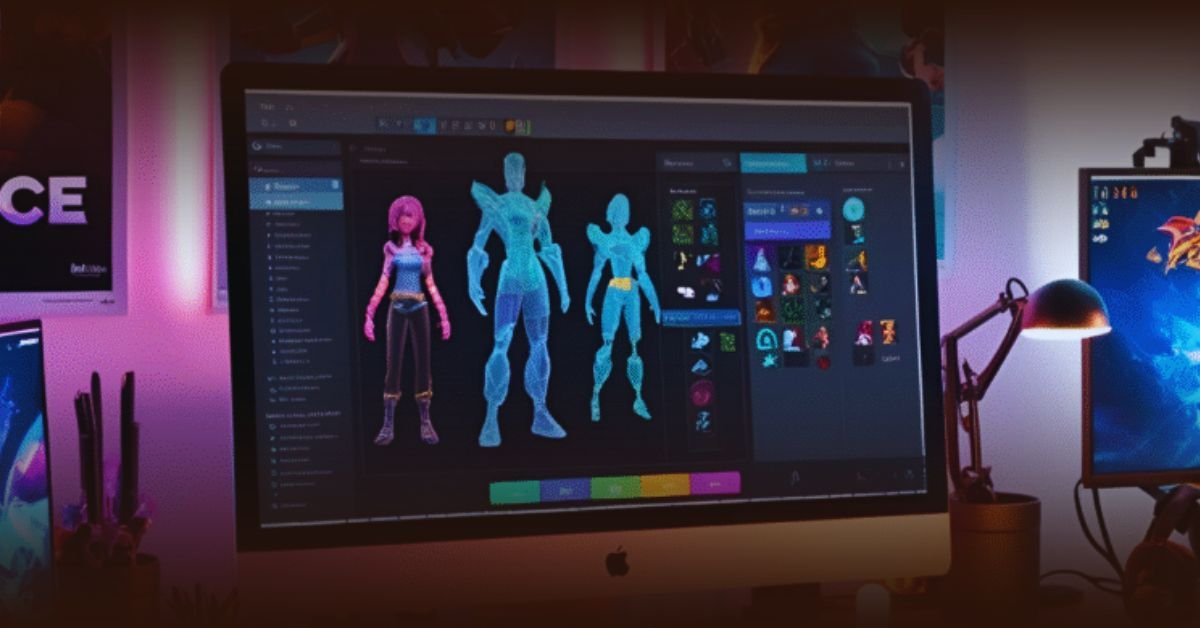Whether you’re a Source Filmmaker (SFM) enthusiast creating short films or a seasoned animator building complex cinematic projects, the process of compiling your work plays a vital role. SFM compile, often overlooked by beginners, is the final step that transforms your project from a timeline of poses and keyframes into a fully rendered animation. In this guide, we’ll demystify what SFM compile really means, how it works, and how you can optimize it whether you’re just starting out or already a pro.
What Is SFM?
Before diving into compiling, let’s briefly touch on Source Filmmaker (SFM) itself.
SFM is a free 3D animation software developed by Valve Corporation. It uses the Source game engine (the same one behind Team Fortress 2 and Half-Life 2) and allows users to create animations using assets from Source-based games. It’s powerful, intuitive, and widely loved in the gaming and animation communities.
What Does “Compile” Mean in SFM?
In SFM, compiling refers to rendering your project into a video or image sequence. This process takes all the elements in your scene—models, lighting, camera angles, animations—and processes them into a final format that you can share, upload, or edit further in a video editor.
You have two primary compile types:
-
Image Sequence (TGA or PNG)
-
Video File (MP4 or AVI)
Why Is Compiling Important?
Think of compiling as exporting your animation masterpiece. Without compiling, your project remains stuck inside the SFM interface and can’t be shared or published. Compiling also:
-
Renders lighting and shadows properly
-
Applies motion blur, depth of field, and other visual effects
-
Optimizes performance for playback outside SFM
For Beginners: How to Compile in SFM
If you’re new to SFM, follow these basic steps:
Step-by-Step Guide:
-
Finish Your Scene
-
Make sure all your animations, camera movements, lights, and audio are finalized.
-
-
Set Render Settings
-
Go to
File→Export→Movie....
-
-
Choose Your Compile Type
-
Image Sequence – Best for quality, flexibility in editing.
-
AVI/MP4 Video File – Quicker and easier for simple exports.
-
-
Select Resolution and FPS
-
Common settings:
1080p (1920x1080),30 or 60 FPS.
-
-
Choose Output Folder
-
SFM will save the final files here. Create a new folder for organization.
-
-
Hit Export
-
Wait for it to compile. Depending on your project’s complexity, this could take a few minutes to several hours.
-
Pro Tip:
Beginners should start with PNG sequences and use a free editor like Shotcut or DaVinci Resolve to turn them into videos. This offers more control and avoids common AVI-related issues.
For Pros: Advanced Compile Techniques
If you’ve been around SFM for a while, you might already know the basics. Let’s look at a few advanced compiling tips to enhance your workflow and quality.
1. Use Command Line Rendering
By using SFM’s sfm.exe with launch parameters, you can automate renders and bypass the GUI for batch jobs or custom resolutions beyond what the UI allows.
sfm.exe -session "your_project_folder" -render movie "your_output_path"
2. Enable High-Fidelity Settings
Before compiling, go to:
-
Render Settings→ Turn on motion blur, ambient occlusion, and depth of field. -
Use
mat_hdr_level 2andmat_phong 1in the console for better lighting.
3. Use Image Sequences + External Render Engines
For cinematic projects, pros prefer rendering image sequences and then doing color grading, visual effects, or transitions in Adobe After Effects, Premiere Pro, or Blender’s VSE.
4. Fix Common Compile Issues
| Problem | Solution |
|---|---|
| Black Screen in Render | Check if you selected the correct camera |
| Low Resolution | Ensure output is set to 1080p or higher |
| Motion Blur Not Working | Enable it in Render Settings |
| AVI File Won’t Play | Use image sequences instead or install proper codecs |
Recommended Compile Settings
| Setting | Value |
|---|---|
| Resolution | 1920×1080 (Full HD) |
| Frame Rate | 30 or 60 FPS |
| Output Type | PNG or TGA Image Sequence |
| Compression | None (for maximum quality) |
| Audio | WAV (export separately and sync later) |
Useful Tools and Resources
-
VLC Player – To preview AVI files
-
FFmpeg – To convert image sequences into MP4 easily
-
VirtualDub – For lightweight video editing and AVI handling
-
SFM Workshop – Get community-made scripts and tools
-
Blender or After Effects – For post-processing and visual effects
SFM Compile FAQs
Q: Can I cancel a compile midway?
A: Yes, but it may result in corrupted output files.
Q: Why is my compile taking so long?
A: High resolution, complex scenes, and effects like motion blur increase render time.
Q: Is there a difference between AVI and MP4 export in SFM?
A: SFM natively supports AVI but may require additional codecs for playback. MP4s are better created through external tools like FFmpeg.
Q: How do I compile just part of the timeline?
A: Set the work camera and mark in/out points using the playhead and export only that range.
Final Thoughts
Compiling in SFM is where your story truly comes to life. Whether you’re a beginner testing the waters or a pro fine-tuning every frame, mastering the compile process is essential. It may seem technical at first, but with practice, it becomes a seamless part of your creative workflow.
Keep experimenting, test different settings, and don’t hesitate to re-render when needed—your visuals are worth the effort.
